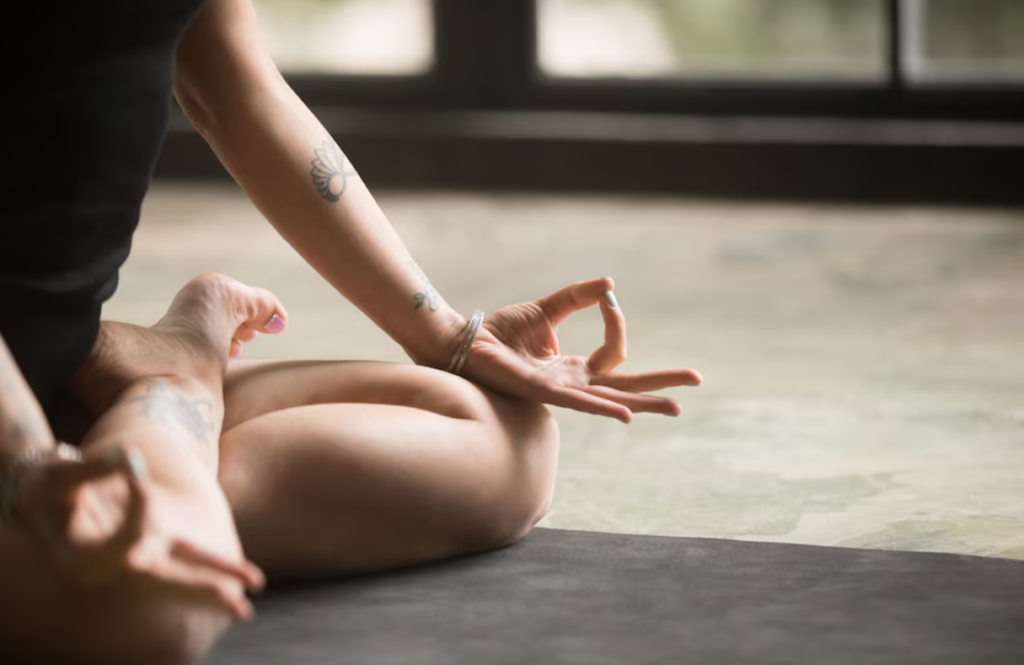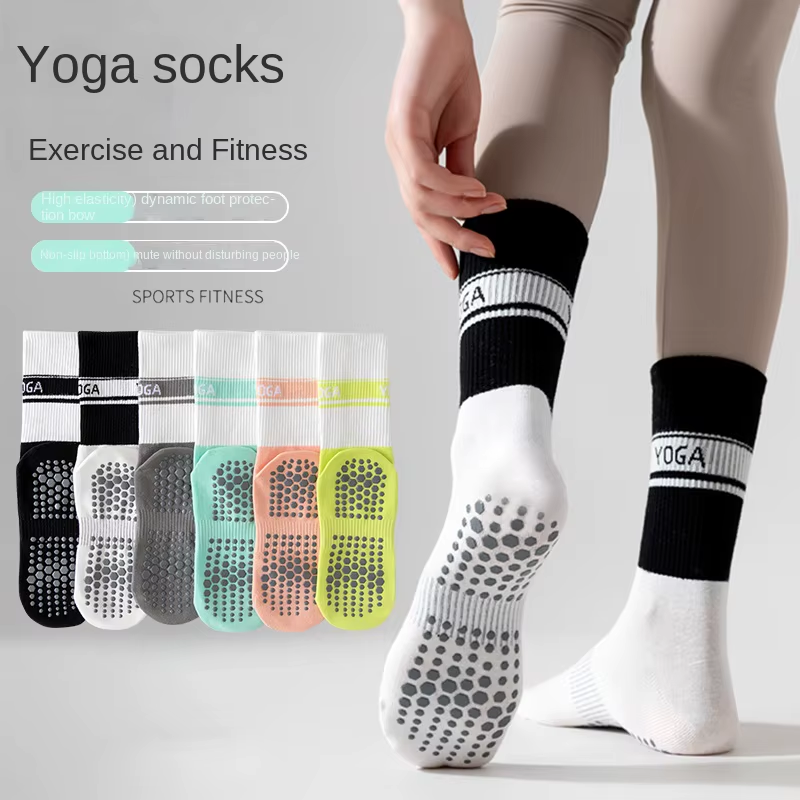“Your Body, Your Yoga: Learn Alignment Cues” is about understanding how yoga poses can be adapted to suit your unique body structure and needs. Here are key principles and alignment cues to help you practice yoga safely and effectively:
1. Understand Your Body’s Anatomy
- Why it matters: Everyone’s body is different in terms of bone structure, flexibility, and strength. Understanding your unique anatomy helps you avoid injury and deepen your practice.
- Tip: Pay attention to your range of motion and respect your limits. Use props like blocks or straps to support your practice.
2. Focus on the Breath
- Alignment cue: Synchronize movement with breath. For example, inhale to lengthen the spine and exhale to deepen into a pose.
- Why it matters: Breath guides movement and helps you stay present in the pose.
3. Engage Core Muscles
- Alignment cue: Gently draw your navel toward your spine to engage your core in poses like Plank or Warrior III.
- Why it matters: A strong core supports balance and protects your lower back.
4. Find Stability Before Flexibility
- Alignment cue: Ground down through the foundation of the pose (feet, hands, or sitting bones) before attempting deeper stretches.
- Why it matters: Stability prevents overextension and injury.
5. Keep the Spine Neutral
- Alignment cue: Avoid overarching or rounding the spine. Instead, imagine lengthening the crown of your head away from your tailbone.
- Why it matters: A neutral spine protects the back and supports proper posture.
6. Use Props Wisely
- Alignment cue: Modify poses with blocks, straps, or bolsters to maintain alignment and ease.
- Examples:
- Use a block in Triangle Pose (Trikonasana) to avoid overreaching.
- Use a strap in Seated Forward Fold (Paschimottanasana) to maintain a straight spine.
7. Align Joints Safely
- Alignment cue: Keep knees aligned with toes in poses like Warrior II and Chair Pose to avoid strain.
- Why it matters: Proper joint alignment reduces stress on ligaments and prevents injury.
8. Protect the Neck
- Alignment cue: Avoid straining the neck by keeping it in line with the spine. For example, in Downward Dog, let your head hang naturally.
- Why it matters: A relaxed neck prevents tension and discomfort.
9. Balance Effort and Ease
- Alignment cue: Engage muscles without creating unnecessary tension. In poses like Tree Pose, ground firmly while maintaining a sense of lightness.
- Why it matters: Yoga is about finding balance—strength and flexibility, effort and relaxation.
10. Listen to Your Body
- Alignment cue: Pain is a signal to stop. Adjust poses to suit your comfort level, and don’t force your body into shapes.
- Why it matters: Yoga is a personal journey. The goal is to work with your body, not against it.
Bonus Tip: Seek Guidance
- Work with a knowledgeable instructor who can provide personalized alignment cues and adjustments. They can help you discover modifications that suit your body.
Would you like guidance on specific poses or alignment cues for a particular yoga style?
JETRANSPORT - Meditation Bench Stool Folding Kneeling Seiza Prayer With Cushion (beige) - Green
$104.97
Visit store
TinyHomie - Meditation chair an ergonomic cross-legged seating chair with lumbar support and a height-adjustable seat cushion - Beige
$95.95
Visit store
Sweet Home Collection - Meditation Cushion, Round Yoga Pillow with carrying handle - Teal
$34.99
Visit store




